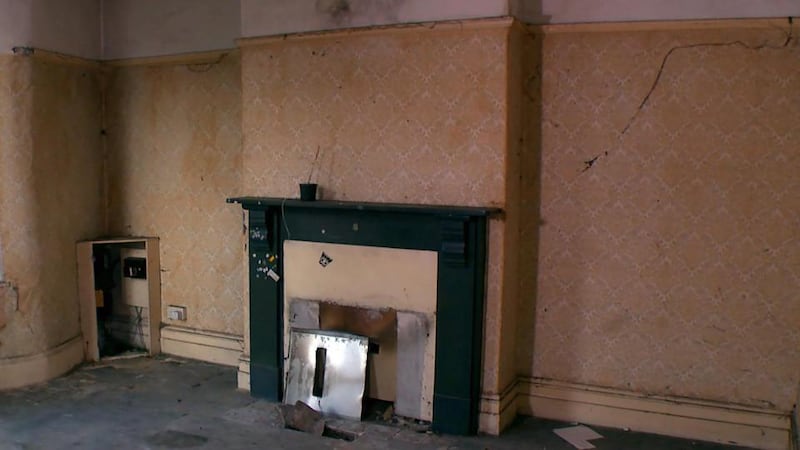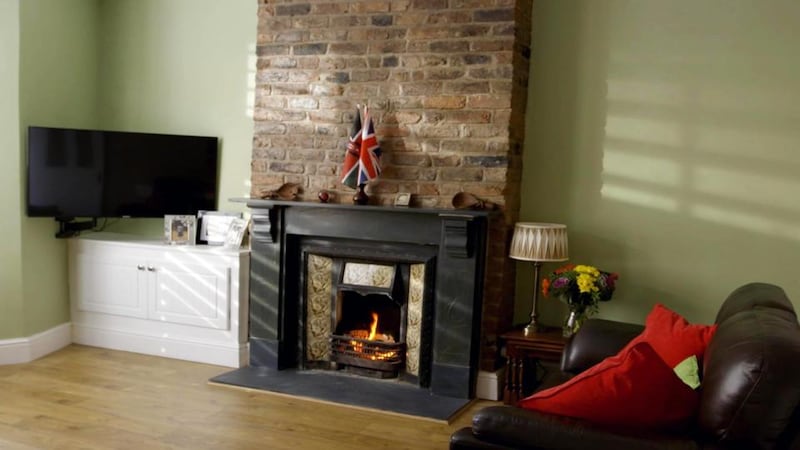Increasingly frustrated by the lack of houses coming on to the market in Dublin as the spring selling season was supposedly getting under way, we decided to take matters into our own hands. If sellers weren’t coming to us, we would go to them.
Prompted by three stories we heard in one week about people who had bought a house after pushing notes through letter boxes in areas they liked, we printed some flyers and went door to door. It felt a bit desperate, but we had little to lose except a few hours of our time.
We didn’t get a single email or phone call, but I’m glad we gave it a try. What was most educating was the number of vacant properties we came across. It’s often glaringly obvious when a house has been empty for a while, because of disintegrating net curtains or boarded-up windows, and we’d already taken note of a good few of those. But there were the same number again, if not more, that you couldn’t tell were vacant until you got to the front door and saw cobwebs thick across keyholes and letter boxes stuffed to the brim, or glimpsed sad hallways full of dusty boxes.
The 2016 census identified 245,460 vacant homes around Ireland, or 12.3 per cent of the total. The highest percentages of empty properties per head of population were in Leitrim, Roscommon, Mayo, Donegal and other rural counties, but even Dublin city had 33 empty homes per 1,000 people.
Wall of bricks
Last month a two-bed terraced redbrick in Dolphin’s Barn came to market asking €250,000. It was by far the lowest price tag on any house we had seen advertised in Dublin 8, and for good reason: it was pretty much derelict. The house had been left empty for years, and now had holes in the roof, rotten stairs and floors, and a gaping hole to the great outdoors where the kitchen had fallen in at the back. The estate agent reckoned the whole house, save the facade, would have to be torn down and rebuilt.
Our bank wouldn’t give us a mortgage for it, as it wasn’t habitable, but the bids climbed, and its sale was agreed last week, at €305,000. That’s a lot of money for what is essentially a wall of red bricks and a small site. But what would probably have put us off anyway, price and hassle of rebuilding aside, was that the two neighbouring houses were also empty.
With property prices so high again, and rents at record levels, why are so many owners leaving their houses and apartments vacant, especially so close to the centre of the capital?


The agent selling the derelict house understood both neighbouring owners were in nursing homes. In November Minister for Finance Paschal Donohoe said more than a third of properties currently classified as vacant were owned by elderly people. This is largely down to the Fair Deal nursing-home scheme, which uses a person's disposable income to cover the cost of their care. This January 23,000 people were availing of the scheme.
Fair Deal has been heavily criticised by the likes of Sinn Féin and Ronan Lyons, the Daft.ie economist, who claim it provides the person or their next of kin with little financial incentive to let or sell their former home.
A tax on vacant properties, which exists as a deterrent in many other countries, has also been long mooted, but Donohoe told an Oireachtas committee that legal and social complexities make it unviable in Ireland.
Meanwhile, hundreds of thousands of houses and apartments that would make perfectly good homes for the likes of first-time buyers like us, or renters, or people who have been left homeless because they can’t find a place to live, are left to fall into disrepair.
£1 houses
In an effort to regenerate one of the most run-down areas of Liverpool the city council is selling off hundreds of derelict properties in Anfield and the Webster Triangle to first-time buyers for just £1.
A recent three-part documentary on Channel 4, The £1 Houses: Britain's Cheapest Street, followed the progress of the first tranche of buyers as they rebuilt their new homes. The scheme has been fraught with legal challenges, and the buyers have had to deal with break-ins and a lot of antisocial behaviour living on streets that are still mostly vacant. But most were hopeful by the concluding episode that their personal investment in the rebuilds had been worthwhile, and the area would continue to improve as more families moved in.
By mid-2019, the council hopes, more than 100 houses will be occupied by people who would never have had the opportunity to own their own home otherwise. Ireland could do with some similarly innovative action to fill at least some of the 245,460 vacant properties here.












